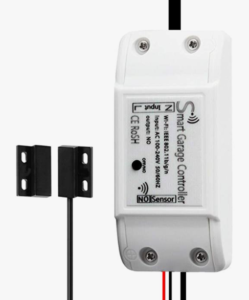Yesterday the USPTO posted a very odd notice telling all of its customers who use Time-base One-Time Password apps for two-factor authentication that between now and May 1, 2022, they need to discard their existing Secret Code Number and get a new Secret Code Number. As I blogged yesterday (blog article) the notice is strikingly close to being content-free, explaining almost nothing about what it is trying to say. Alert reader Gerry Peters posted a comment to my blog article that made me realize that not only was the USPTO notice nearly content-free, but it also used the word “mobile” in an extremely awkward way. Gerry pointed out that a succinct writer could simply have used the two-word phrase “authenticator app” throughout the USPTO notice, and that instead the writer went to the special point of inserting the word “mobile” no fewer than seven times into the notice, forming the three-word phrase “mobile authenticator app” all seven times.
Gerry pointed out that most users of USPTO systems like PAIR and EFS-Web and Patentcenter and TEAS (all of which require the use of two-factor authentication) almost certainly do not log in on a mobile phone but instead log in on a desktop or notebook computer. Gerry pointed out, correctly, that the everyday shorthand phrase that most people use as a substitute for the accurate but rather longer phrase “Time-base One-Time Password app” is simply the two-word phase “authenticator app”. Gerry wondered whether the seven-time insertion of “mobile” into the phrase was merely a sort of nervous tic, a completely unnecessary addition of a throwaway word, or whether the three-word phrase seemingly so carefully constructed and so consistently employed from the top to the bottom of the USPTO notice might have some significance. Maybe for example the need for users to go through this complicated process of discarding an existing Secret Code Number and getting a new Secret Code number is limited to that subset of users who use mobile devices for logging in at the USPTO?
Having read Gerry’s comment, and having given the matter quite a bit of thought, I conclude two things. Continue reading “Why the word “mobile” in that odd USPTO notice yesterday?”
 One of the dumbest things that you can do when you are naming your intellectual property firm, it turns out, is picking a name that is more than 35 characters in length. If you make this mistake, it means you often can’t get paid.
One of the dumbest things that you can do when you are naming your intellectual property firm, it turns out, is picking a name that is more than 35 characters in length. If you make this mistake, it means you often can’t get paid.



